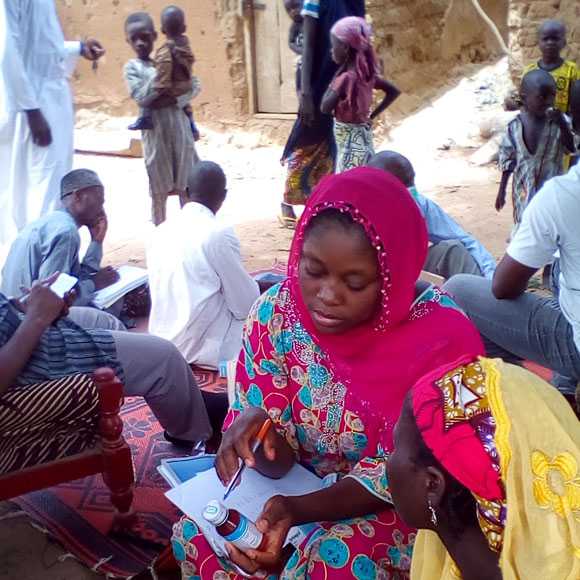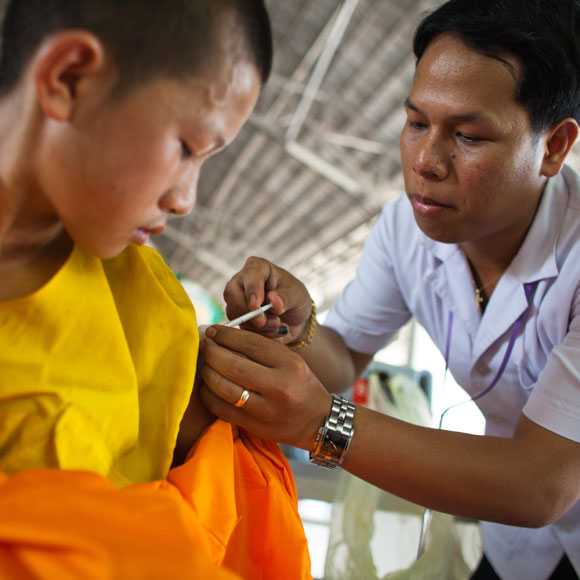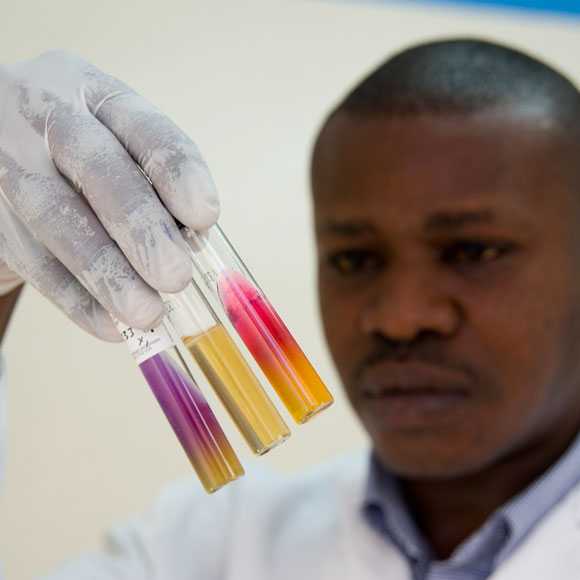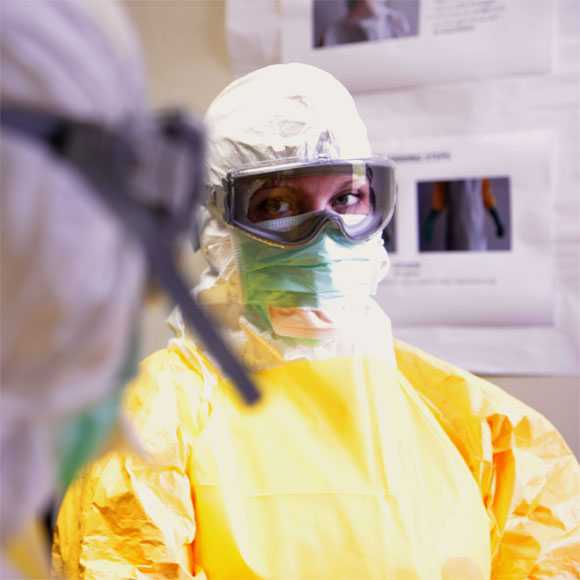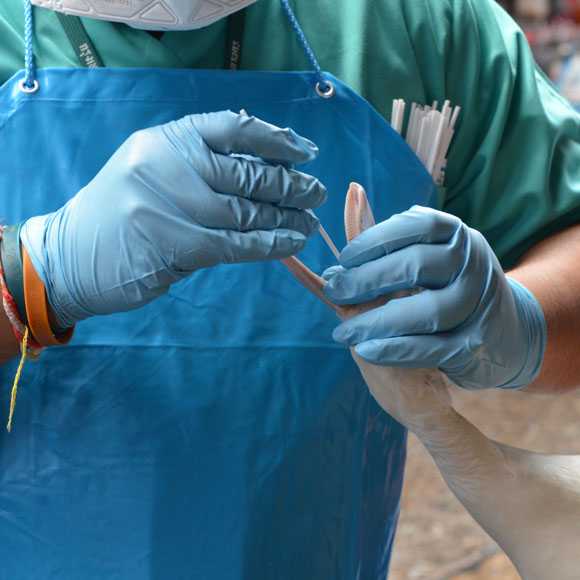Sustaining Global Health Security is Critical to Protecting America’s National Security
SARS in 2003. Influenza in 2009. Ebola in 2014. Zika in 2015. In the fight against infectious diseases, no nation can stand alone. In today’s interconnected world, a health threat anywhere is a threat everywhere: an outbreak in a remote village can spread to major cities on all six continents in less than 36 hours.
Protecting America’s health, safety, and national security involves making sure other countries have the knowledge and resources to stop outbreaks before they can spread across national boundaries. The Division of Global Health Protection (DGHP) within CDC’s Center for Global Health leads the implementation of the Global Health Security Agenda. DGHP and partners help countries better prepare for outbreaks and accelerate progress towards a world safe and secure from infectious disease threats.
Investment in global health security is our country’s best strategy for protecting our national wellbeing, both from infectious disease outbreaks and acts of bioterrorism. CDC works with global partners to strengthen the capacity of countries with weak health systems to effectively prevent, detect, and respond to emergencies.
- A changing world brings new and increasing risks. Increasing global travel and urbanization mean there are more opportunities for diseases to emerge, spread, and strike in densely populated areas; and the disturbing but real threat of diseases used as instruments of terror requires us to have faster, more effective, and more adaptive response capabilities.
- The cost of epidemics is high…and getting higher. From February-July 2003, SARS spread across four continents, infected 8,100 people, killed more than 700, and cost the global economy $40 billion. The 2014-2016 West Africa Ebola epidemic led to more than 11,000 deaths at a cost of about $2.2 billion. Epidemics can hurt the U.S. economy in multiple ways, including by placing American exports, jobs, and tourism in jeopardy.
- No country can protect itself alone. In 2005, all 196 World Health Organization member states signed the International Health Regulations to improve the world’s ability to prevent, detect, and respond to public health events. However, today nearly 70% of the world’s nations remain underprepared to manage and control complex health emergencies. These gaps leave all countries vulnerable.
- CDC is America’s Global Health Protection Agency. CDC serves as a lead technical agency for implementing global health security, working to build countries’ capacities to quickly identify, respond to, and contain public health threats. Since 2006, CDC’s Global Disease Detection Centers around the world have established more than 380 new diagnostic tests in national or local laboratories, detected nearly 80 new strains and pathogens, responded to more than 2,000 requests for assistance with disease outbreaks, and trained more than 115,000 professionals at the national and regional level on key public health issues. To ensure sustained readiness for the next health emergency, CDC now trains and rosters a Global Rapid Response Team (GRRT) of over 400 experts who can deploy in as little as 48 hours. Between September 2015 and December 2016, CDC’s GRRT responders were mobilized over 280 times and contributed more than 10,000 cumulative person-days to emergency response. CDC initiatives in workforce development and disease detection and response have strengthened public health surveillance, laboratory, and emergency response capabilities in countries across the world.
A new special supplement of the Emerging Infectious Diseases (EID) journal entitled Global Health Security focuses on CDC’s contributions and successes working with ministries of health, other U.S. government agencies, the World Health Organization, and other international partners to advance global health security and establish effective programs and initiatives around the world to protect us all from public health threats.
Contact Information
CDC Media Relations
(404) 639-3286
media@cdc.gov
Jordan W. Tappero, MD, MPH
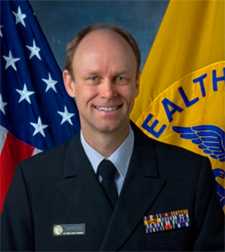
“The U.S. Centers for Disease Control Prevention (CDC), Center for Global Health works with countries and partners to build and strengthen global health security preparedness so they can quickly identify and respond to public health crises. Building and maintaining global preparedness for pandemic threats and compliance with International Health Regulations (IHR) requires coordination and technical expertise across multiple stakeholders. To protect Americans and people around the world from health threats, CDC has established a global health protection platform that works with Ministries of Health, other partners, U.S. government agencies, CDC Country Offices and programs to build and strengthen global health security preparedness and quickly respond to public health crises. This issue of the Emerging Infectious Diseases journal highlights selected CDC global health protection platform accomplishments that help mitigate global health threats and build core, cross-cutting capacity to contain disease outbreaks at their source. We don’t know exactly when the next pandemic will occur, but we do know that being prepared is essential and critical to America’s national security.”
Jordan W. Tappero, MD, MPH, RADM, U.S. Public Health Service – Senior Advisor for Global Health, Center for Global Health (CGH), Centers for Disease Control and Prevention
Nancy Knight, MD

“We have witnessed firsthand the heart-wrenching effects of infectious diseases like HIV, Ebola, and Zika – diseases that have traveled across countries; devastated families and economies; and resulted in millions of lives lost. In the Division of Global Health Protection (DGHP) within CDC’s Center for Global Health, we work closely with partners to stop outbreaks from spreadng across national boundaries and becoming pandemics. We are at a critical time in our nation’s history when we must take a hard look at what we can learn from the experience, scientific data, and analysis by CDC and other experts around the world. I am excited about the opportunity to provide leadership and strategic direction for the division’s global health security work and using our knowledge and expertise to protect the health, safety, and security of Americans and the global community.”
Nancy Knight, MD, CAPT, U.S. Public Health Service – Director, Division of Global Health Protection (DGHP), Centers for Disease Control and Prevention
Related Links
- Page last reviewed: September 21, 2017
- Page last updated: September 21, 2017
- Content source:



 ShareCompartir
ShareCompartir
